Western Art II: Key Concepts, Artists, and Periods Study Guide
1/70
There's no tags or description
Looks like no tags are added yet.
Name | Mastery | Learn | Test | Matching | Spaced |
|---|
No study sessions yet.
71 Terms
Cimabue's Madonna Enthroned
Artist: Cimabue, Medium: Tempera on panel, Location: n/a, Period: Late Medieval Italy
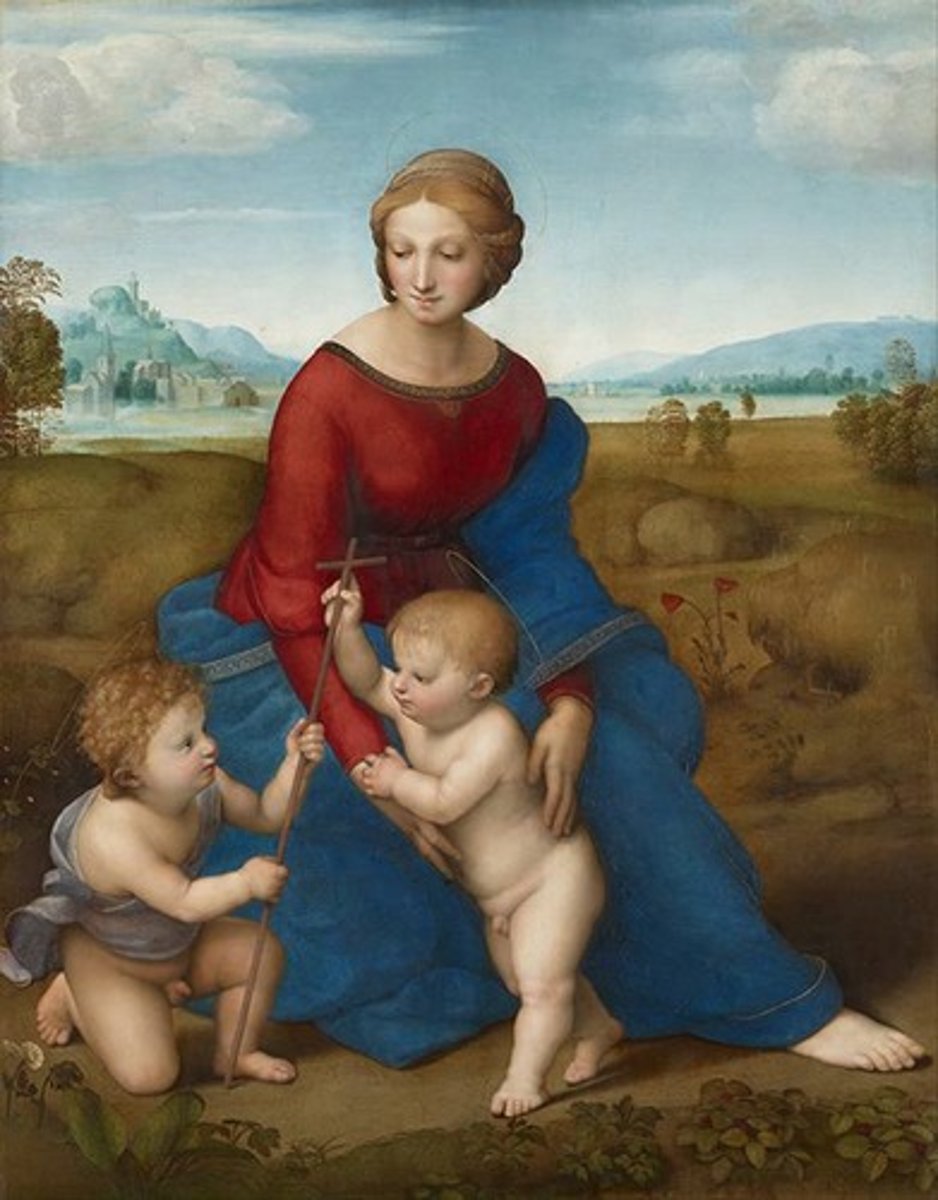
Giotto's Madonna Enthroned
Artist: Giotto, Medium: Tempera on panel, Location: n/a, Period: Late Medieval Italy
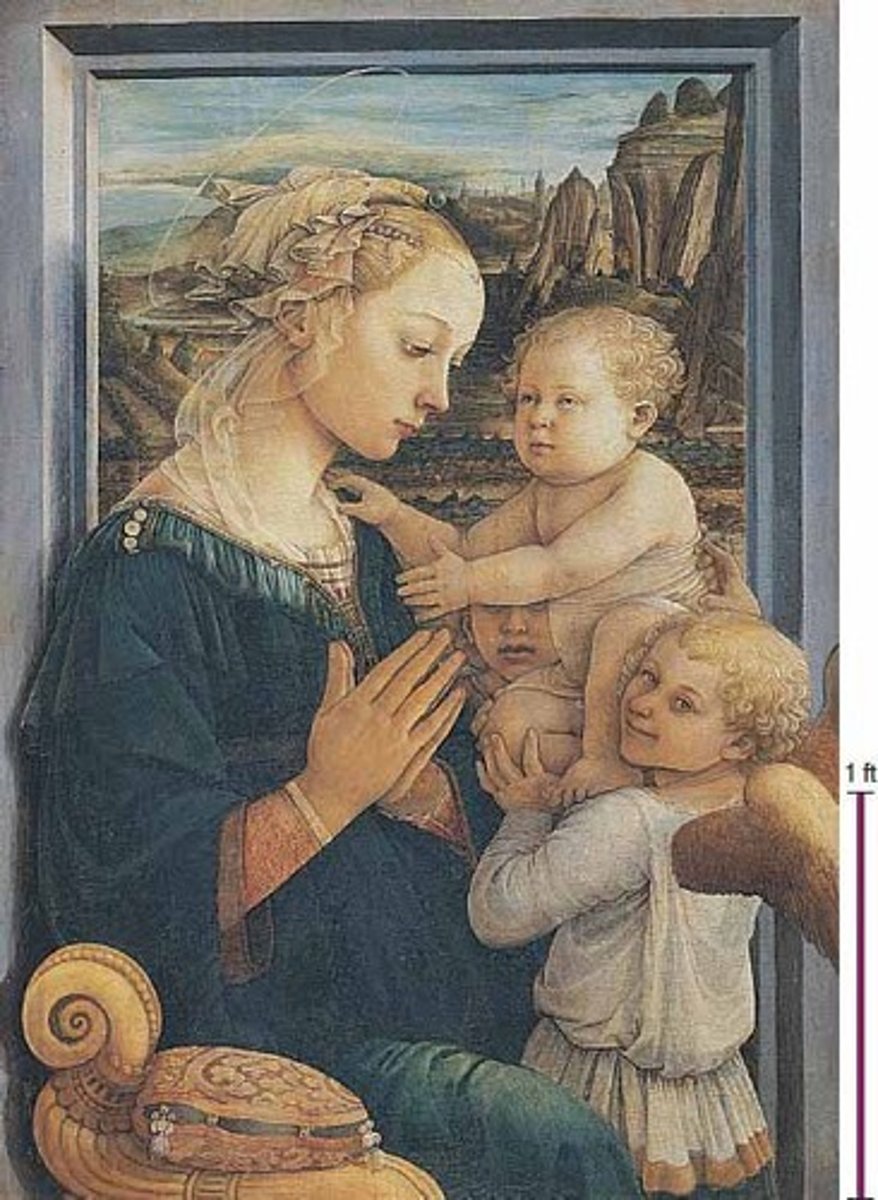
The Lamentation
Artist: Giotto, Medium: Fresco, Location: Arena Chapel, Padua, Italy, Period: Southern Renaissance
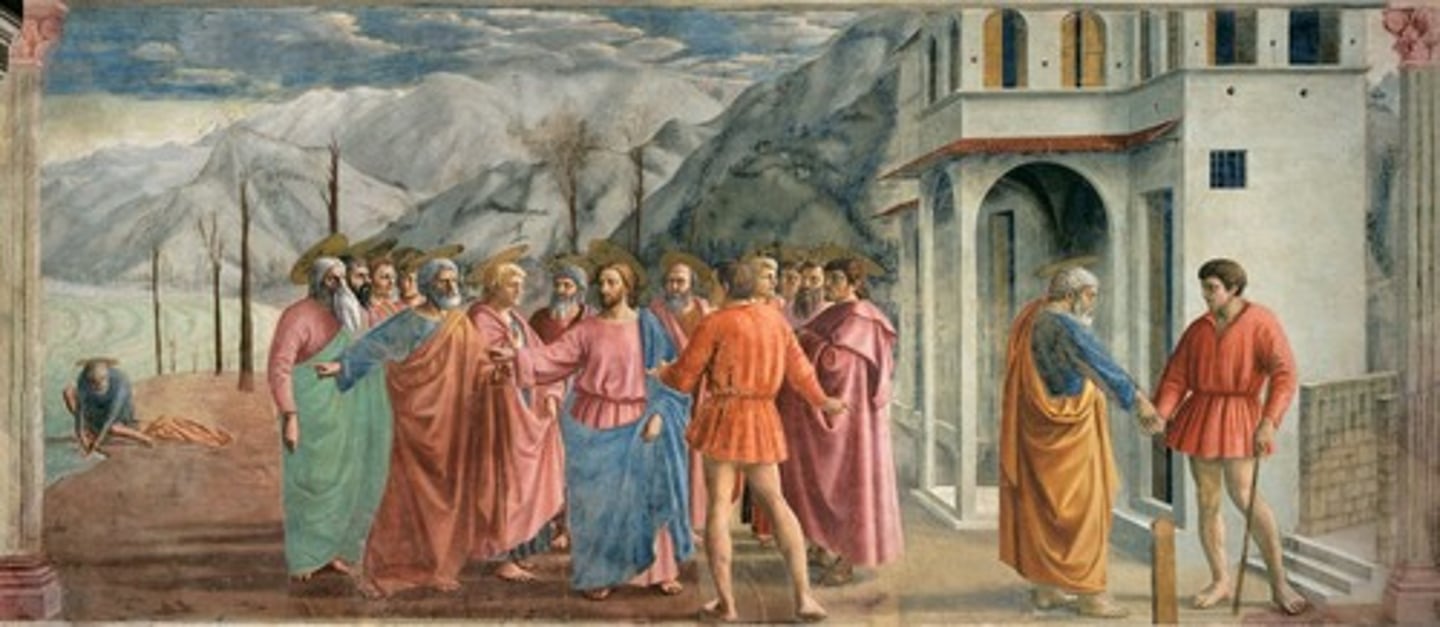
Giotto's treatment of figures, gestures, and emotion in the Lamentation
Enhances narrative clarity and human drama.
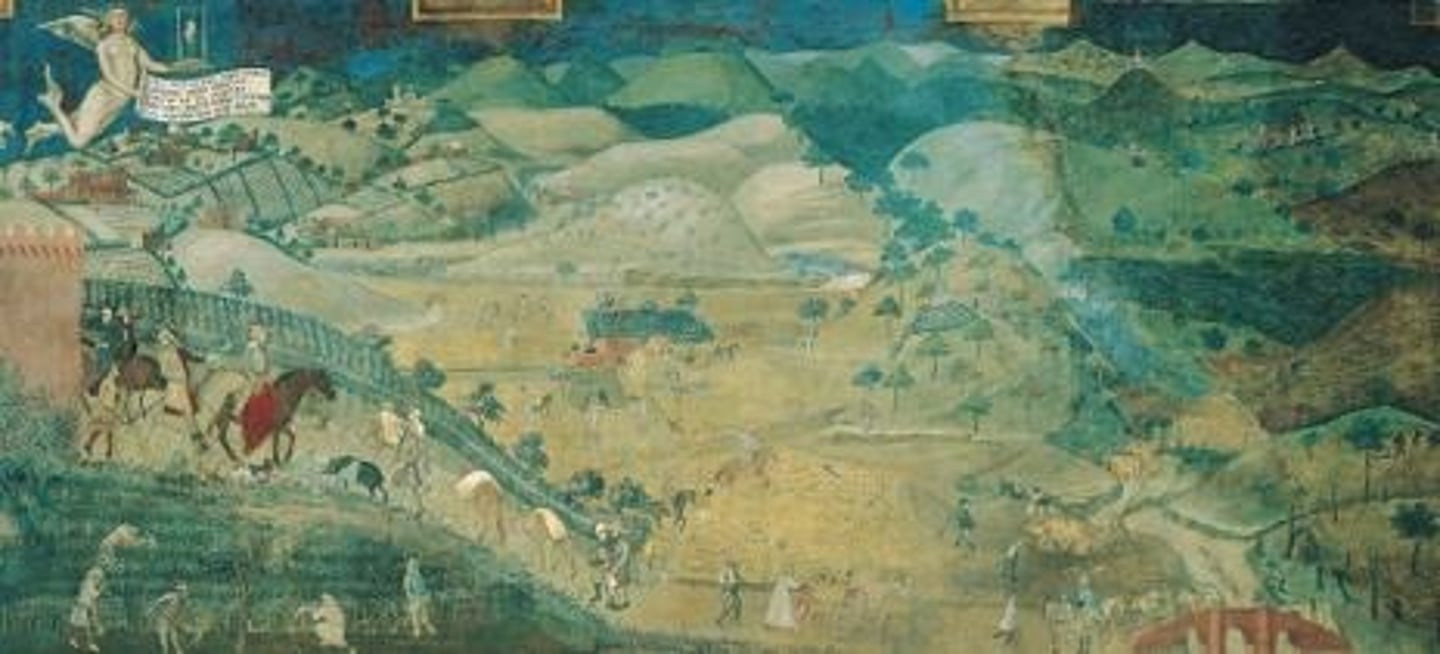
Scrovegni Chapel fresco cycle
Exemplifies the early Renaissance shift toward human-centered narrative and naturalistic representation.
Comparison of Giotto's Lamentation to Cimabue's Madonna Enthroned
Giotto advances the depiction of emotion, spatial depth, and narrative engagement.
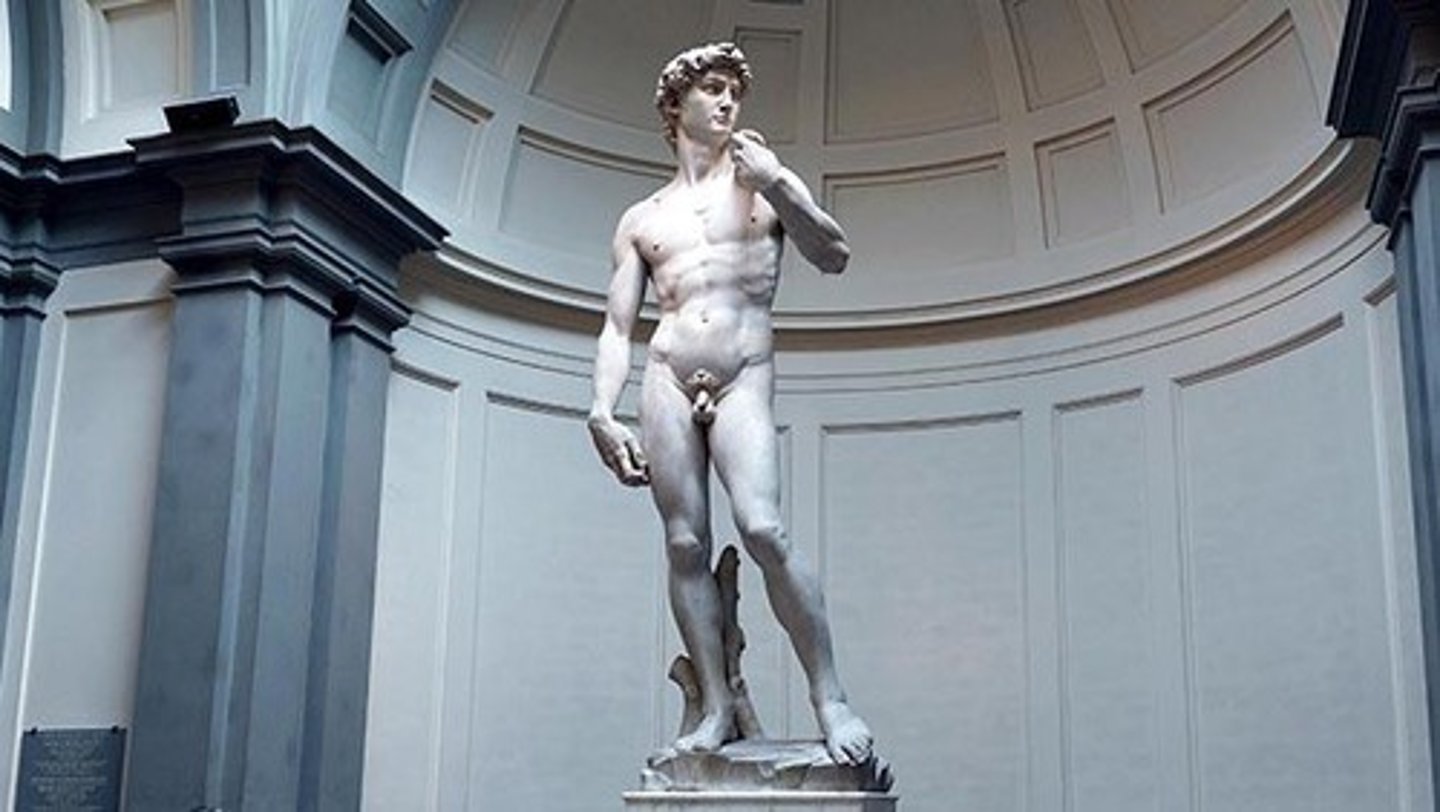
Visual storytelling in the Scrovegni Chapel
Communicates biblical narratives to a largely illiterate congregation.
Giotto's use of composition and spatial organization in the Lamentation
Leads the viewer's eye through the scene.
Martini's Annunciation
Reflects broader trends in 14th-century Italian art, including International Gothic elegance and devotion-focused imagery.
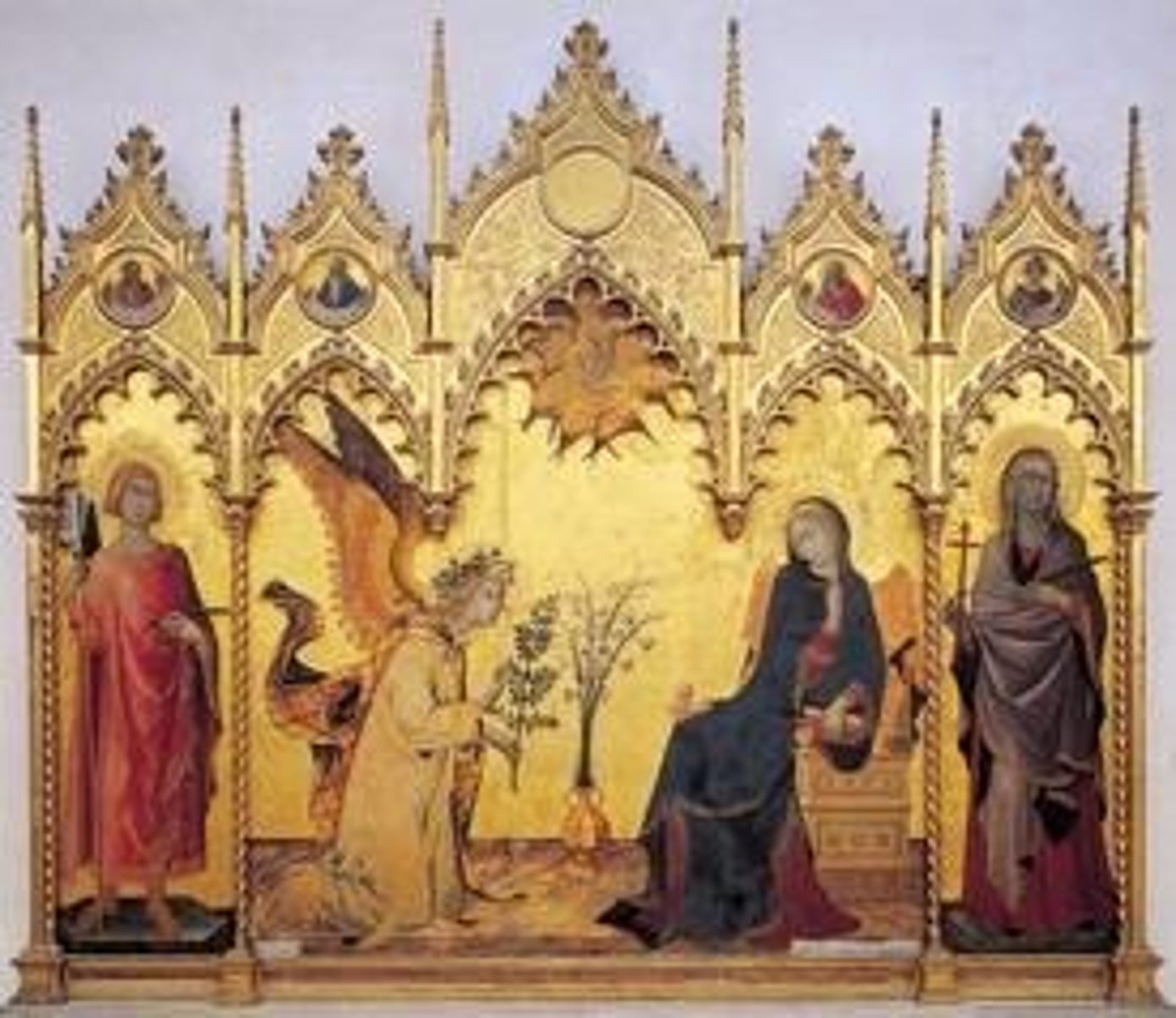
Decorative patterns and use of gold leaf in Martini's Annunciation
Reflect International Gothic aesthetics.
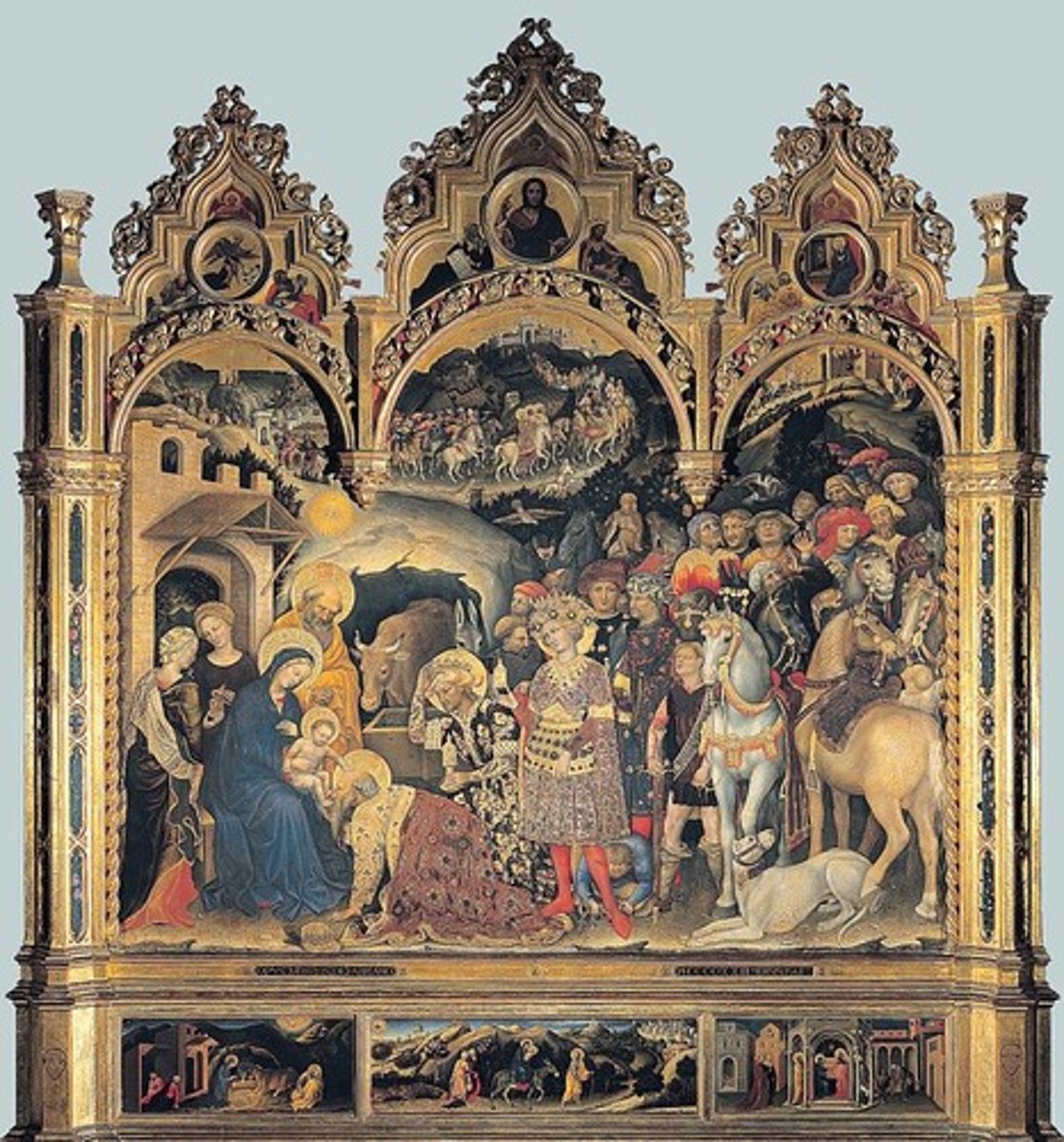
International Gothic style in Martini's work
Reflects broader trends in 14th-century European art, including transnational influence and cross-cultural exchange among courts.
Ambrogio Lorenzetti's Peaceful Country
Fresco located in Sala della Pace, Palazzo Pubblico, Siena, Italy.
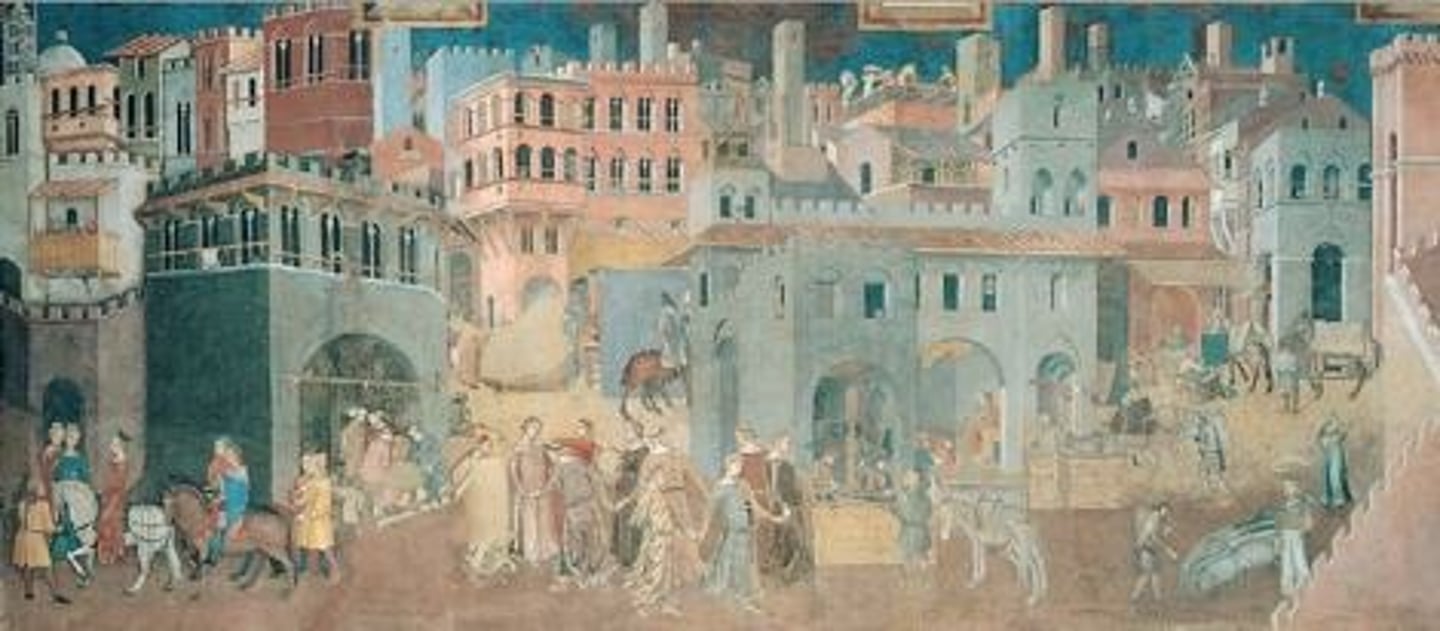
Ambrogio Lorenzetti's Peaceful City
Fresco located in Sala della Pace, Palazzo Pubblico, Siena, Italy.
Context of Peaceful City and Peaceful Country
Reflects civic pride and contemporary concerns about governance in 14th-century Siena.
The Allegory of Good and Bad Government
Combines moral, political, and visual lessons in a single civic program.
Symbolic elements in Peaceful City and Peaceful Country
Identify and explain their meanings.
Mérode Altarpiece
Exemplifies Early Netherlandish innovations in oil painting, naturalism, and devotional art.
Mérode Altarpiece and 15th-century Northern Europe
Reflects the rise of private patronage and a focus on personal, contemplative devotion.
Key symbolic objects in the central panel of Mérode Altarpiece
Include the lilies, the candle, the mousetrap, communicating theological meaning.
Triptych composition of Mérode Altarpiece
Creates a sense of intimacy and narrative through the organization of the central panel and wings.
Jan van Eyck's The Arnolfini Portrait
Reflects broader 15th-century Northern European trends, including the rise of merchant patronage.
Integration of secular and sacred symbolism in The Arnolfini Portrait
Reflects contemporary concerns about marriage, wealth, and morality.
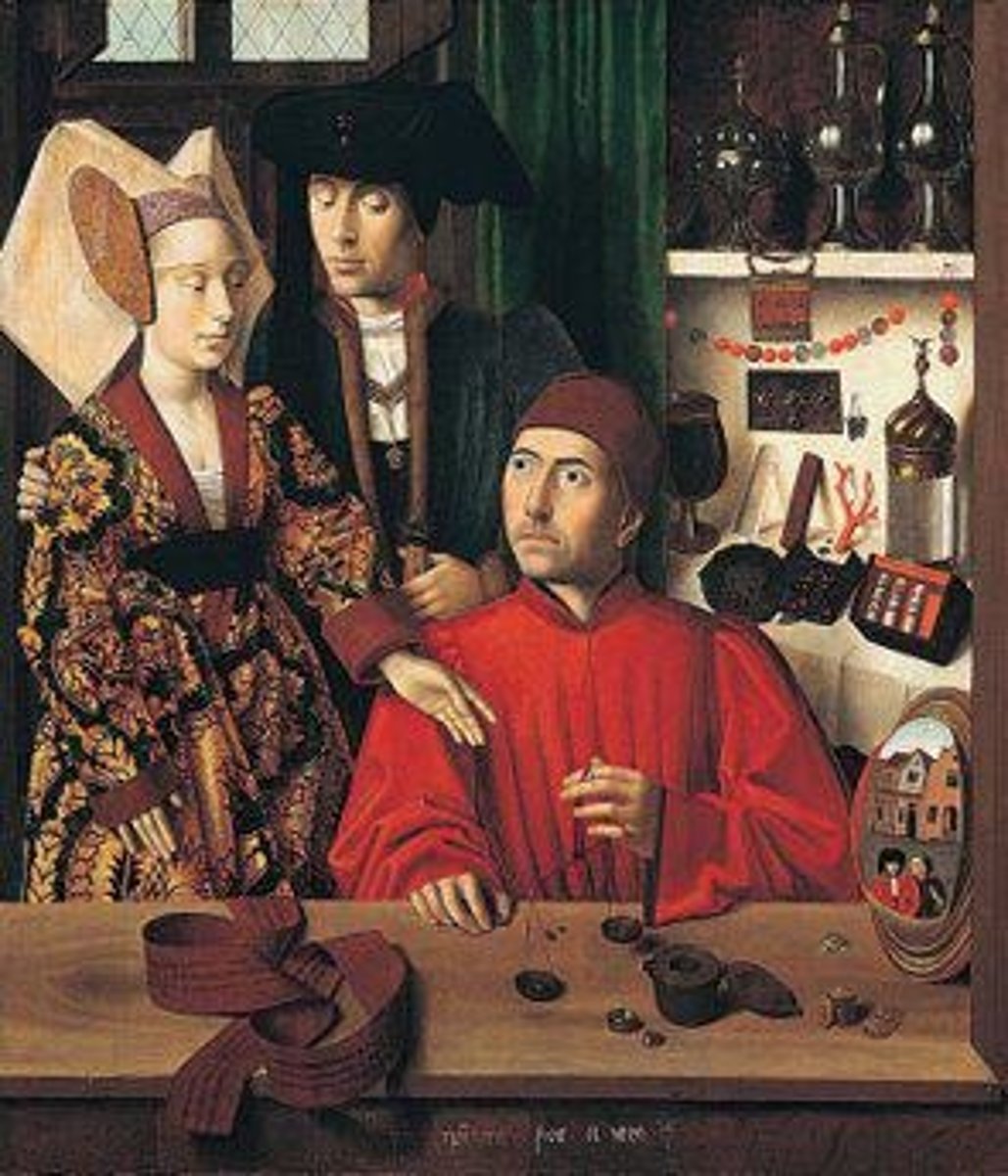
Significance of the mirror's reflection in The Arnolfini Portrait
Manipulates space, perspective, and self-representation.
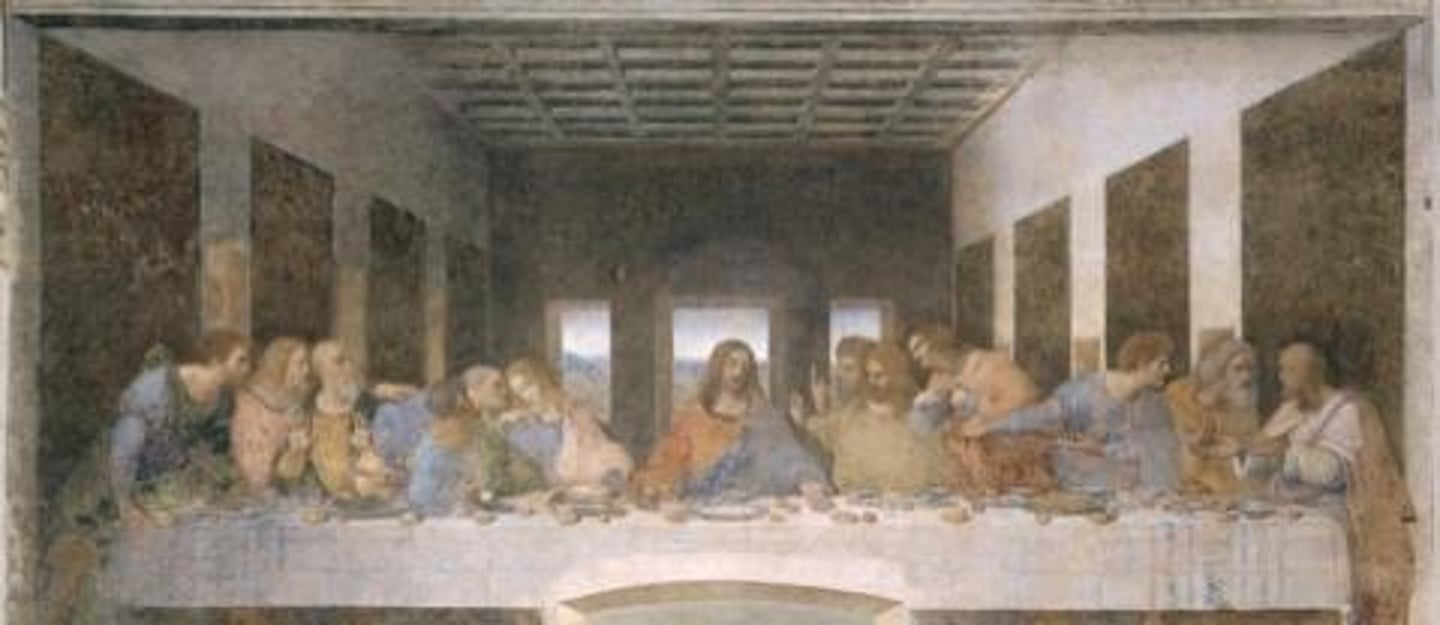
A Goldsmith in His Shop
Identifies and interprets symbolic objects conveying wealth, honesty, morality, and devotion.
Integration of narrative and symbolism in A Goldsmith in His Shop
Appeals to both merchant patrons and religious viewers.
Patrons of A Goldsmith in His Shop
Reflects the social and economic status of merchants in 15th-century Bruges.
Fra Angelico's Annunciation
Role of simplicity, clarity, and devotional focus in contrast to International Gothic decorative richness.
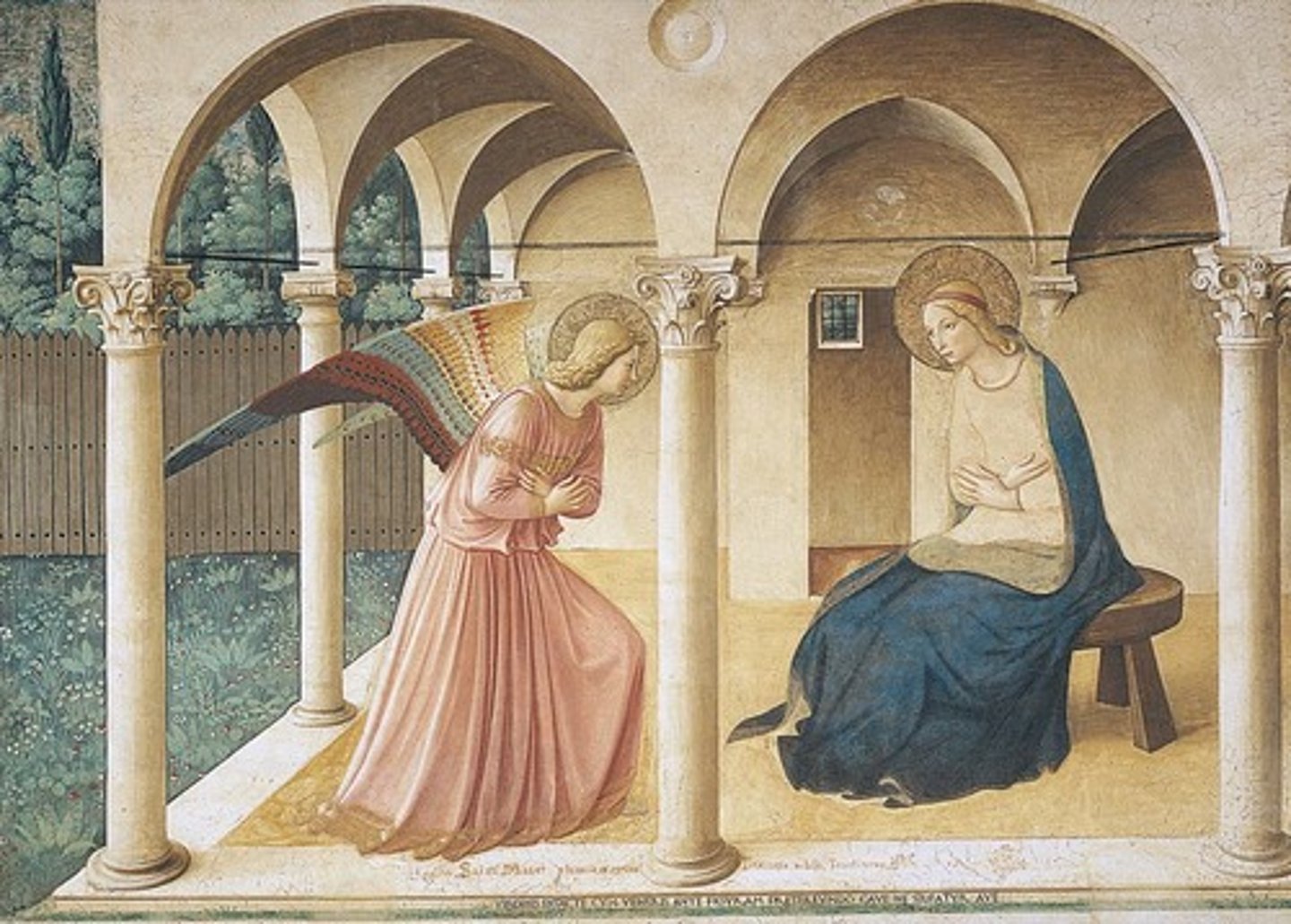
David by Donatello
A bronze sculpture that is considered a pioneering work of Renaissance sculpture, reflecting Florentine civic pride, humanist ideals, and biblical narrative.
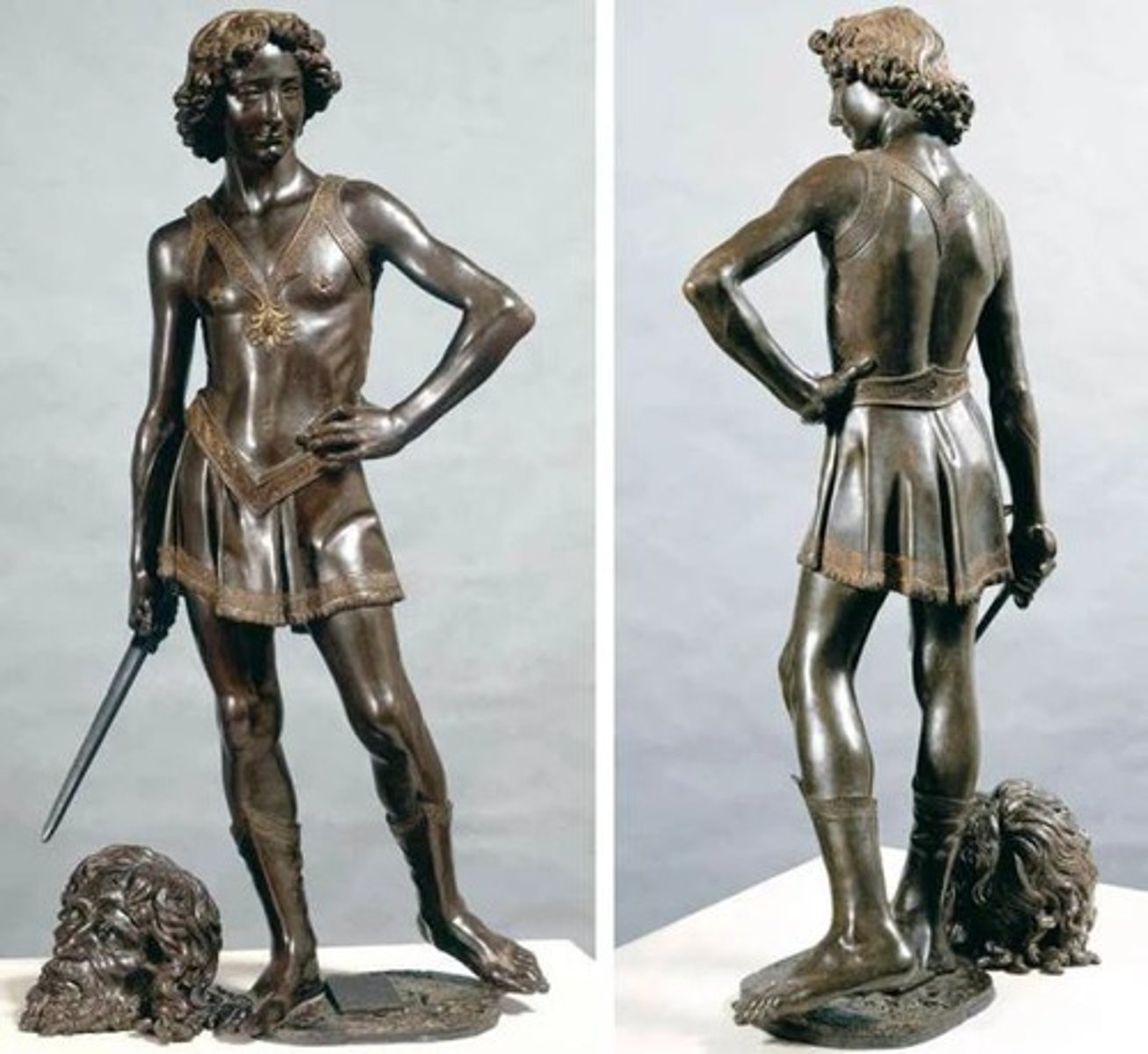
Contrapposto
A technique used by Donatello in his David that references classical sculpture and conveys movement and youthful confidence.
David by Andrea del Verrocchio
A bronze sculpture that includes Goliath's head and weaponry, communicating triumph, virtue, and divine favor.
Holy Trinity by Masaccio
A fresco located in Santa Maria Novella, Florence, exemplifying Early Renaissance innovations in spatial illusion and perspective.
Memento Mori
A theme represented in Masaccio's Holy Trinity through the inclusion of a skeleton and tomb, serving as a meditation on mortality and salvation.
The Tribute Money by Masaccio
A fresco demonstrating Early Renaissance interest in human emotion and narrative clarity, organized within one unified space.
Birth of Venus by Botticelli
A tempera on canvas painting that treats the female nude with grace and ideal beauty, differing from classical and earlier Christian depictions.
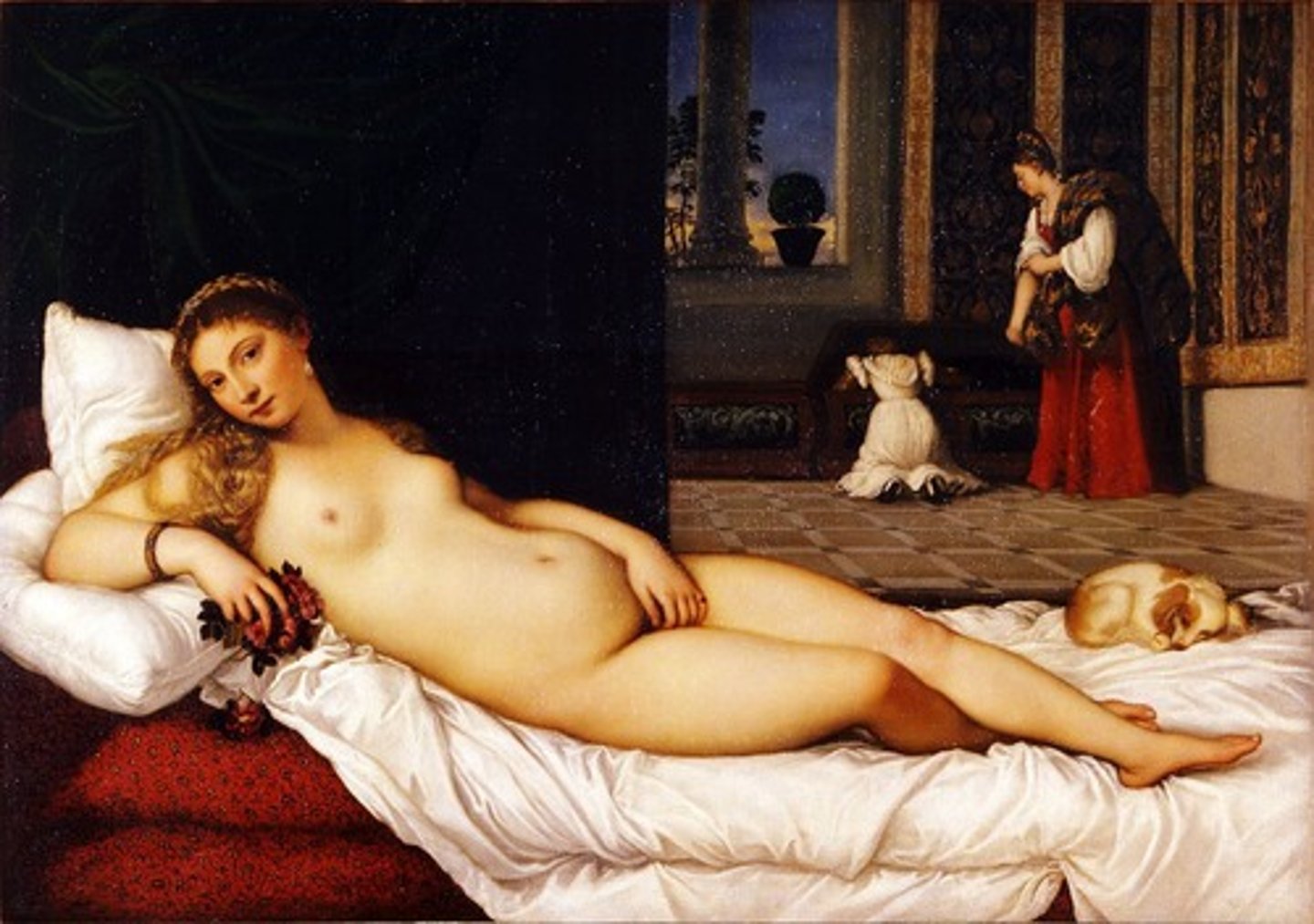
Neoplatonic Philosophy
A philosophical concept reflected in Botticelli's Birth of Venus, relating to the painting's mythological subject in Medicean Florence.
Adoration of the Magi by Gentile da Fabriano
A tempera on panel painting exemplifying International Gothic style, characterized by lavish use of gold and ornamentation.
Madonna and Child with Angels by Fra Filippo Lippi
A tempera on panel painting that humanizes the Virgin and Child, contributing to emotional intimacy through naturalism and gesture.
Ospedale degli Innocenti
A building designed by Filippo Brunelleschi that demonstrates classical principles of proportion and geometry.
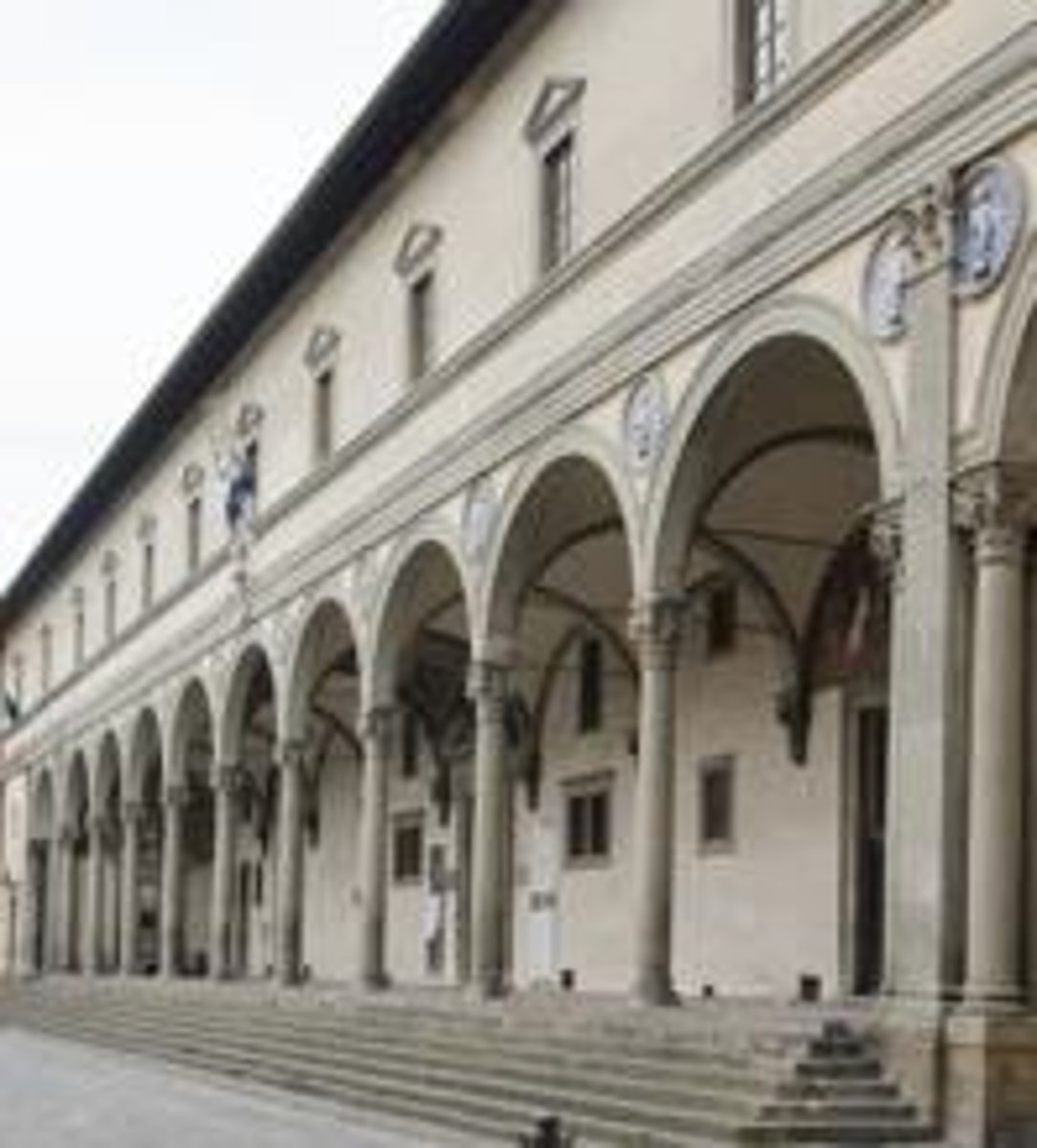
Modular Design
An architectural approach used by Brunelleschi that reflects humanist ideals in the design of the Ospedale degli Innocenti.
Palazzo Medici-Riccardi
A stone masonry building in Florence that conveys Medici power and civic virtue through its exterior form and materials.
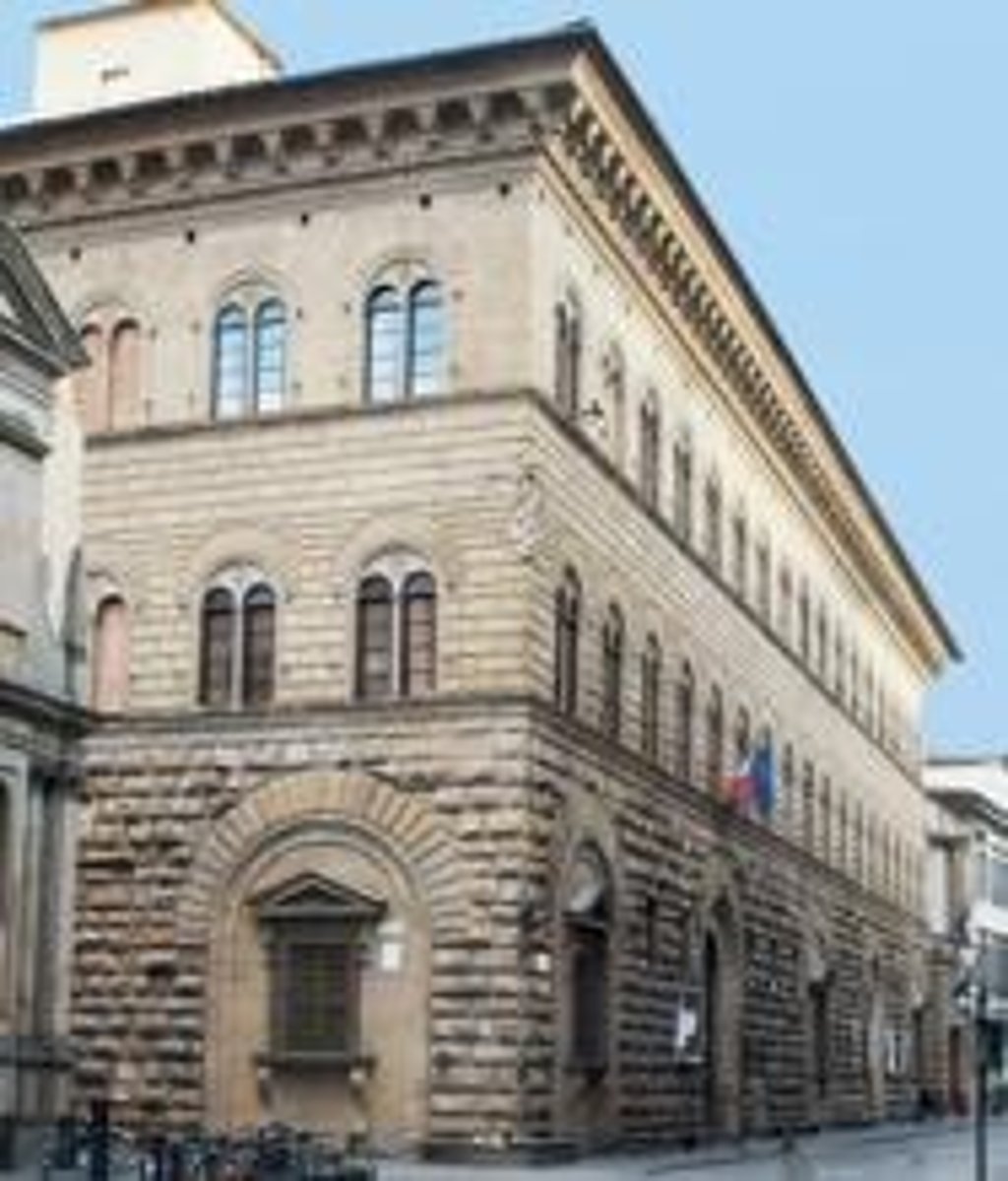
Santa Maria Novella
West façade designed by Leon Battista Alberti, located in Florence, Italy, exemplifying Southern Renaissance architecture.
Alberti's Harmonization
Alberti harmonizes Gothic structure with classical design principles through geometry and proportion.
Humanist Ideals
The façade of Santa Maria Novella embodies humanist ideals about mathematical harmony and divine order.
Vitruvian Man
A drawing by Leonardo demonstrating Renaissance ideals of proportion, balance, and harmony.
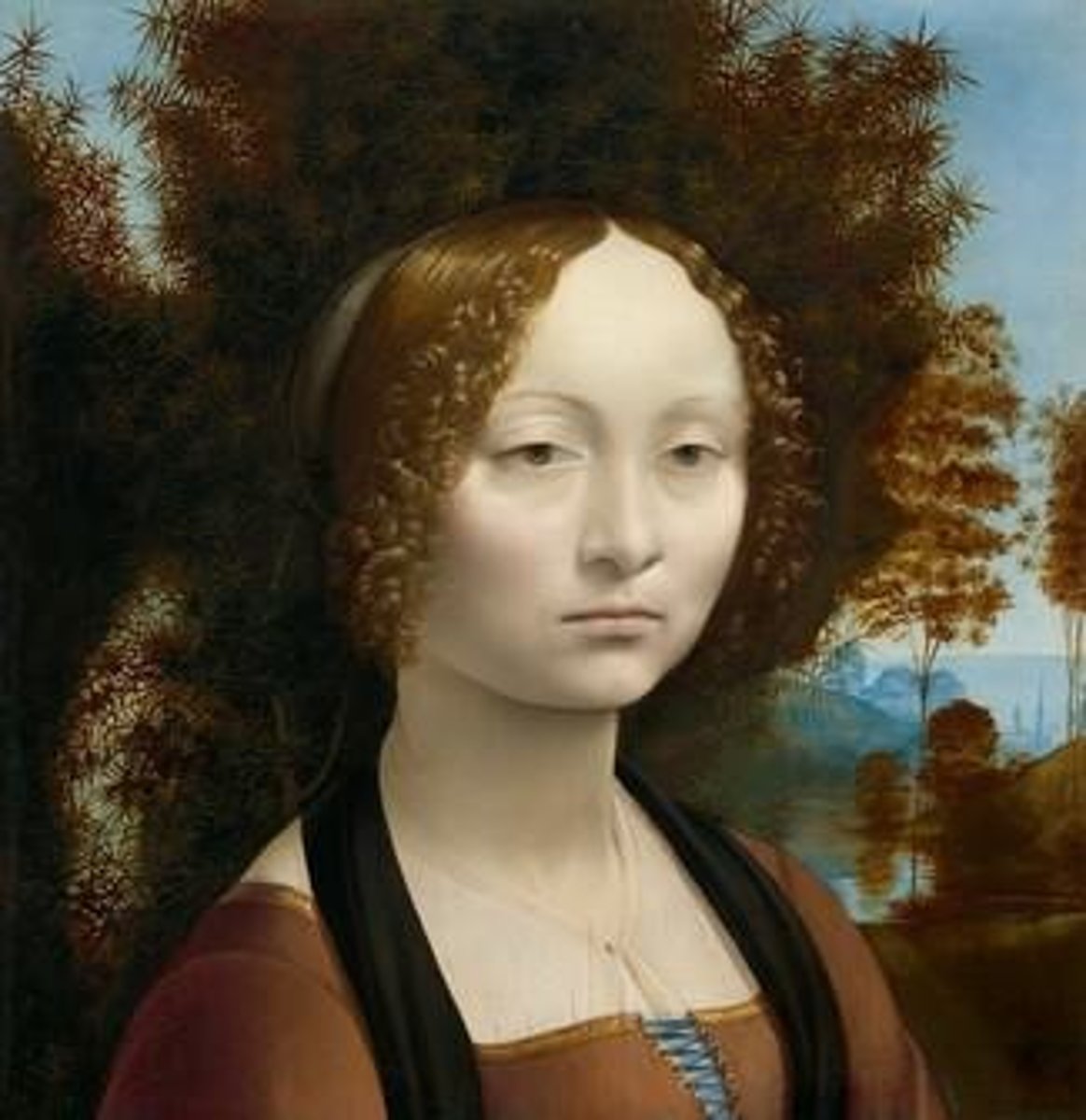
Leonardo's Engagement
Leonardo engages with Vitruvius and classical humanist theory in the Vitruvian Man.
Art and Science Link
The Vitruvian Man links art and science in Leonardo's philosophy.
The Last Supper
A fresco by Leonardo located in Santa Maria delle Grazie, Milan, Italy, representing Southern Renaissance art.
Perspective in The Last Supper
Leonardo uses perspective to focus attention on Christ in The Last Supper.
Psychological Realism
The Last Supper features psychological realism and gesture of the apostles.
Ginevra de' Benci
A portrait by Leonardo, differing from traditional female portraiture in Italy at the time.
Sfumato Technique
Leonardo's use of landscape and sfumato creates atmosphere in Ginevra de' Benci.
Pietà
A marble sculpture by Michelangelo, blending naturalism and idealization.
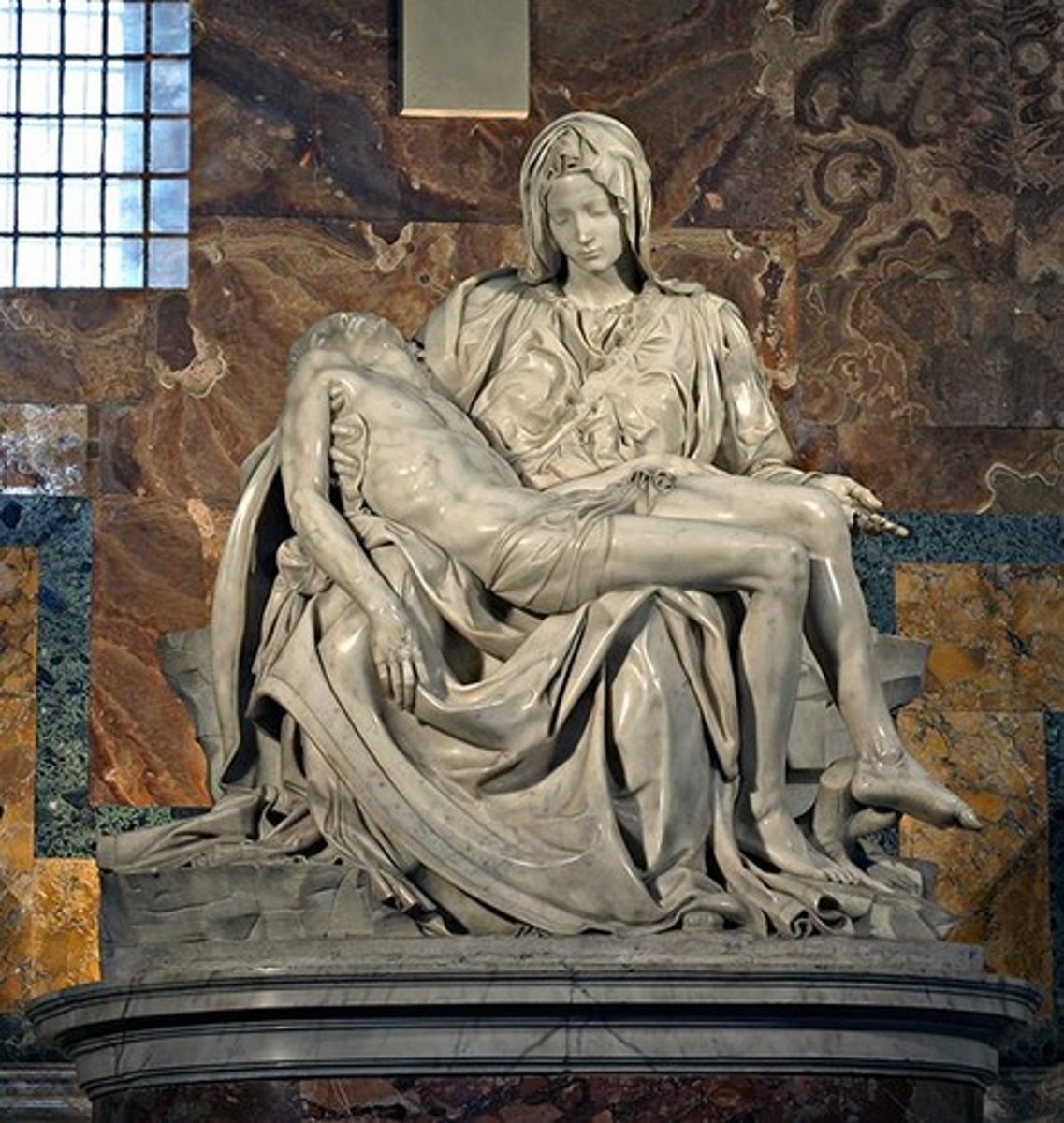
Emotional Tone in Pietà
The Pietà balances serenity and sorrow in its emotional tone.
David
A marble sculpture by Michelangelo, representing a reinterpretation of the biblical hero.
Florentine Republican Ideals
Michelangelo's David reflects Florentine republican ideals through its proportion and anatomy.
Moses
A marble sculpture by Michelangelo located in Basilica of San Pietro in Vincoli, Rome.
Terribilità
Terribilità refers to the awe-inspiring grandeur conveyed in Michelangelo's Moses.
Madonna of the Meadow
An oil on panel painting by Raphael, balancing ideal beauty, harmony, and human tenderness.
Marriage of the Virgin (Perugino)
An oil on panel painting by Perugino employing linear perspective and symmetry.
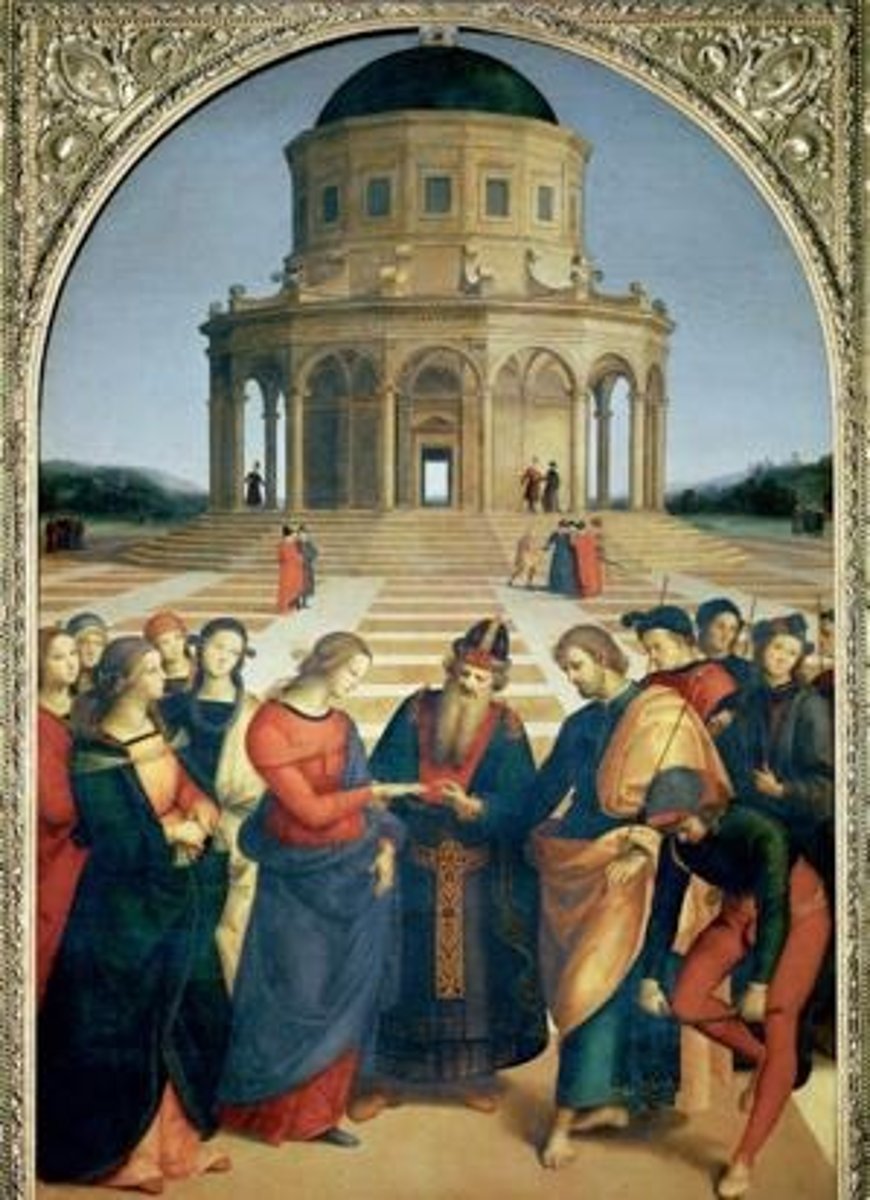
High Renaissance Ideals
Perugino's Marriage of the Virgin reflects High Renaissance ideals of balance and harmony.
Raphael's Adaptation
Raphael adapts and expands Perugino's composition in his own Marriage of the Virgin.
Guild
An association of merchants, craftspersons, or scholars in medieval and Renaissance Europe.
Humanism
In the Renaissance, an emphasis on education and on expanding knowledge (especially of classical antiquity), the exploration of individual potential and a desire to excel, and a commitment to civic responsibility and moral duty.
Cartoon
In painting, a full-size preliminary drawing from which a painting is made.
Chiaroscuro
In drawing or painting, the treatment and use of light and dark, especially the gradations of light that produce the effect of modeling.
International Gothic
A style of 14th- and 15th-century painting begun by Simone Martini, who fused the French Gothic manner with Sienese art. This style appealed to the aristocracy because of its brilliant color, lavish costumes, intricate ornamentation, and themes involving splendid processions of knights and ladies.
Trompe l'oeil
French, 'fools the eye.' A form of illusionistic painting that aims to deceive viewers into believing that they are seeing real objects rather than a representation of those objects.
Neo-Platonism
An ancient school of philosophy based on the ideas of Plato, revived during the Renaissance and modified by the teachings of Christianity.
Poesia
A term describing 'poetic' art, notably Venetian Renaissance painting, which emphasizes the lyrical and sensual.
Mannerism
A style of later Renaissance art that emphasized 'artifice,' often involving contrived imagery not derived directly from nature. Such artworks showed a self-conscious stylization involving complexity, caprice, fantasy, and polish. Mannerist architecture tended to flout the classical rules of order, stability, and symmetry, sometimes to the point of parody.
Sfumato
The subtle and minute gradation of tone and color used to blur or veil the contours of a form in painting.